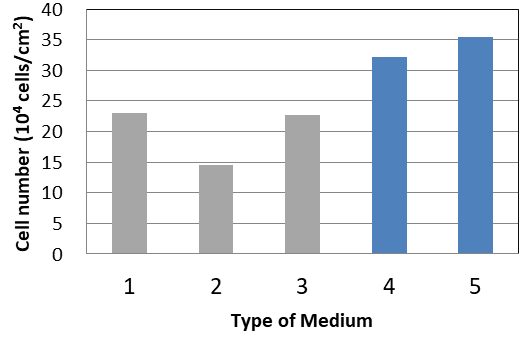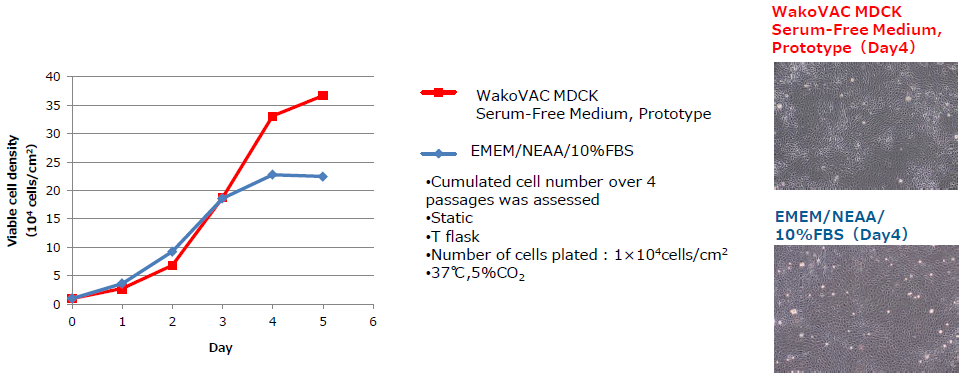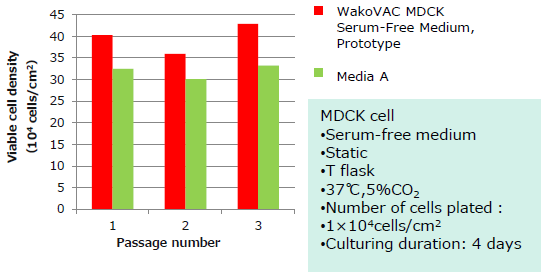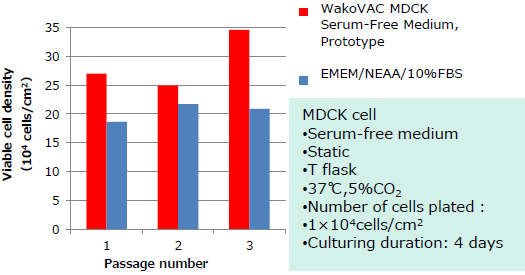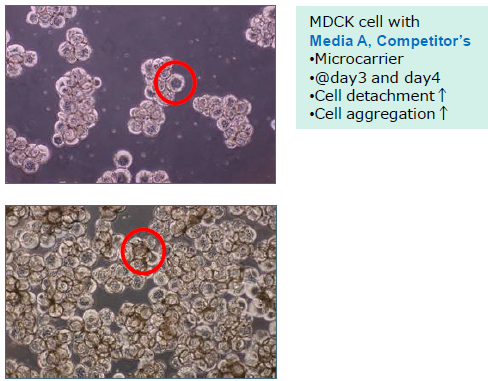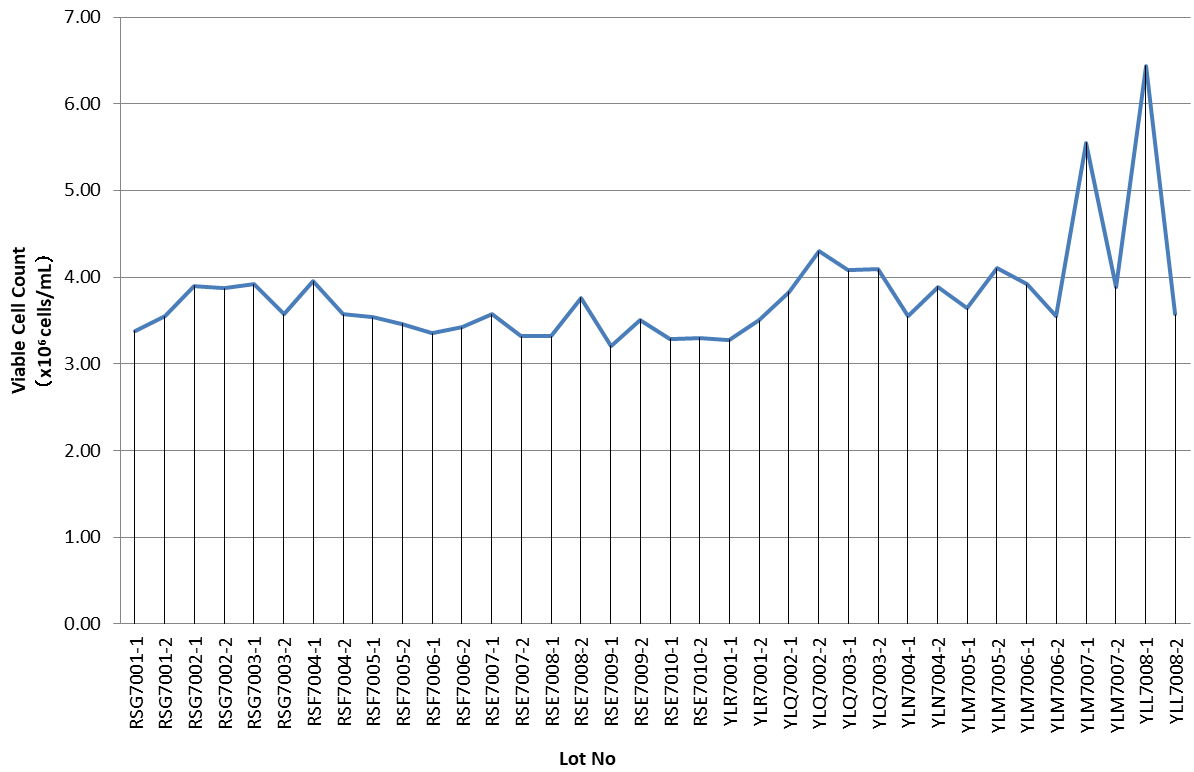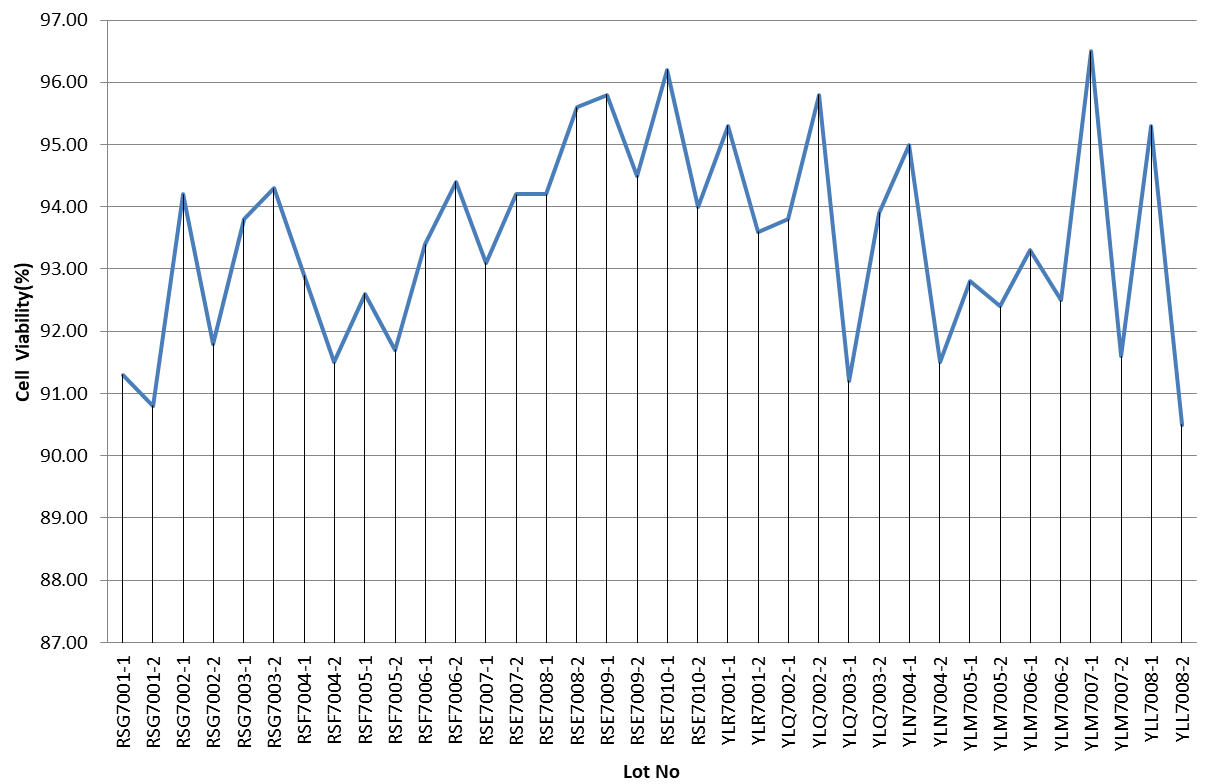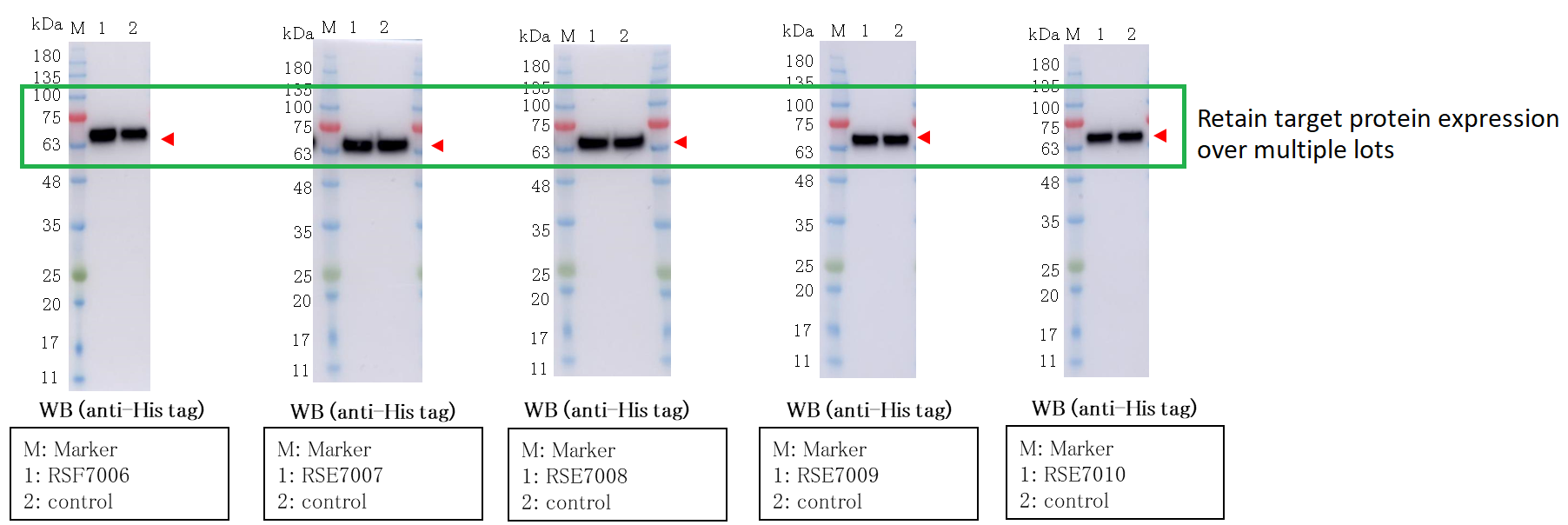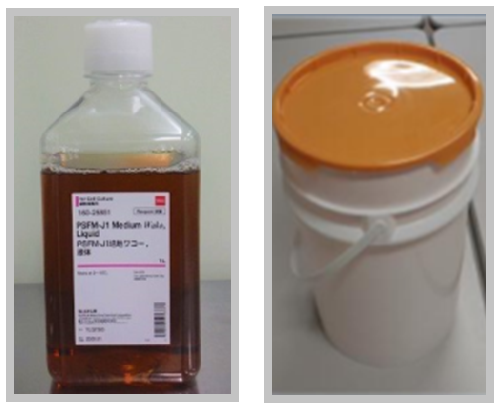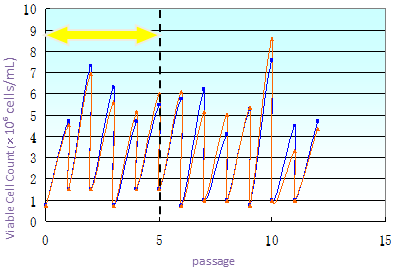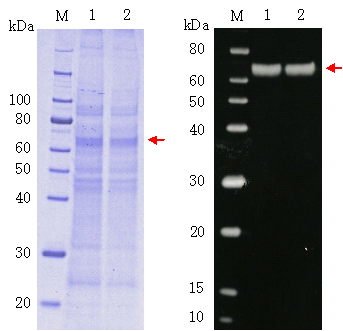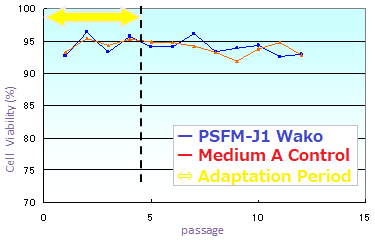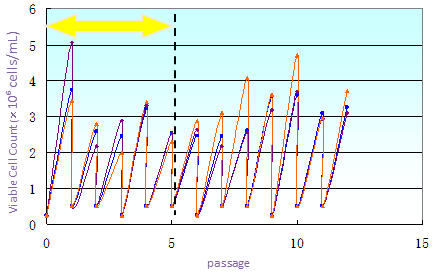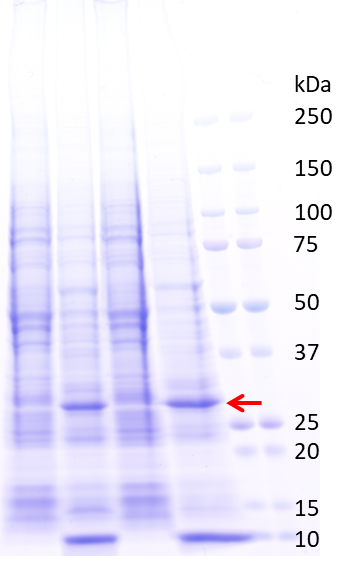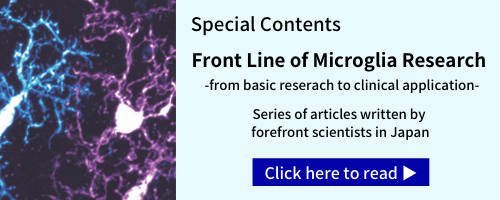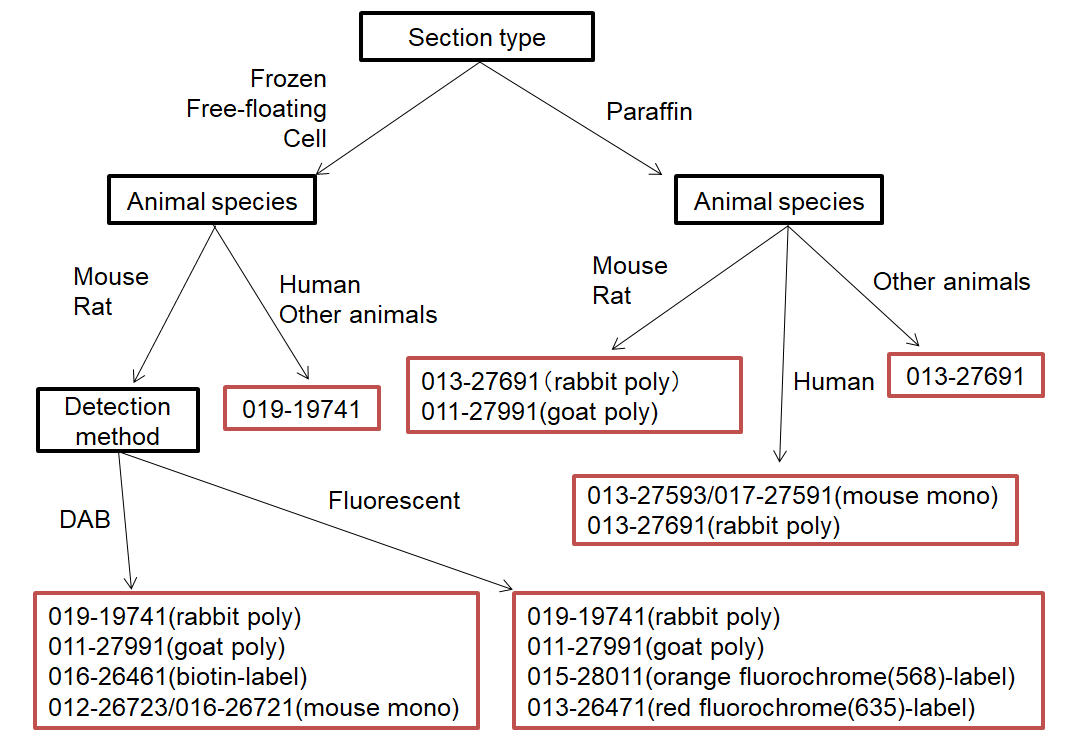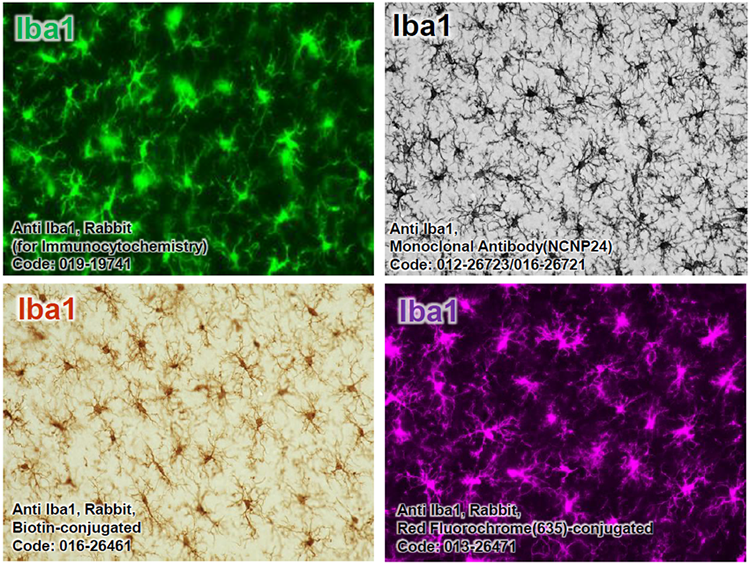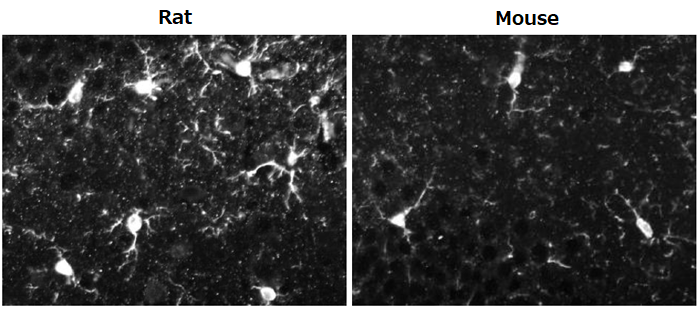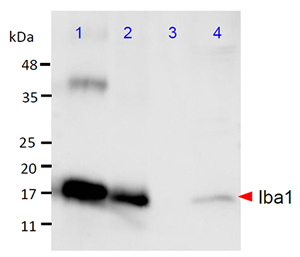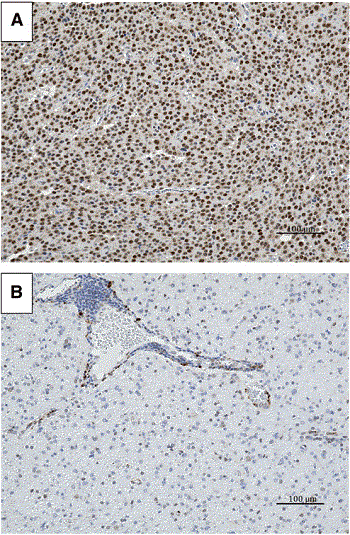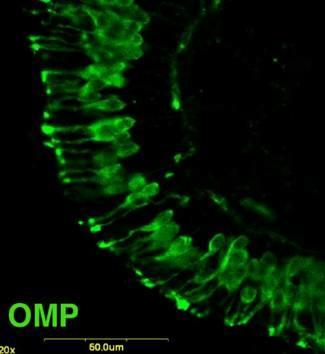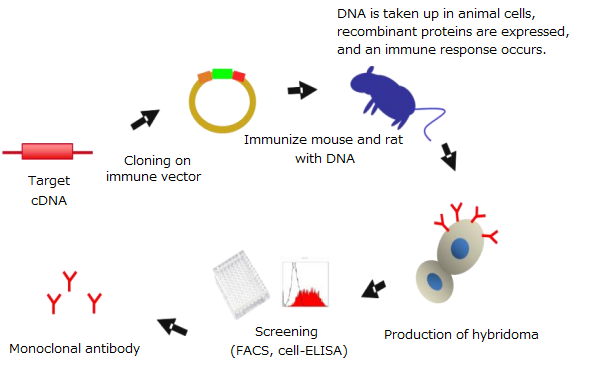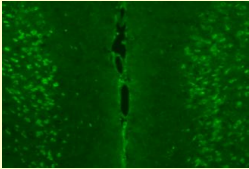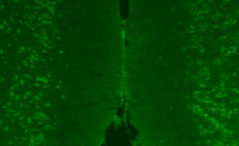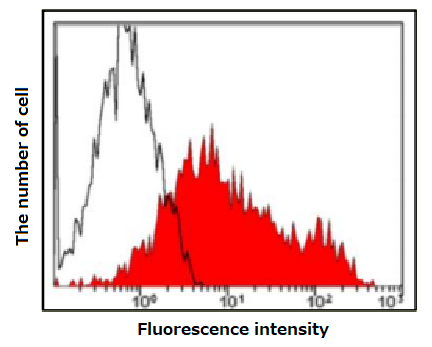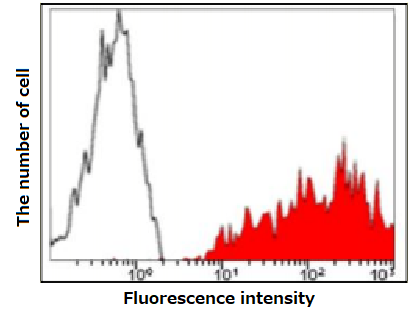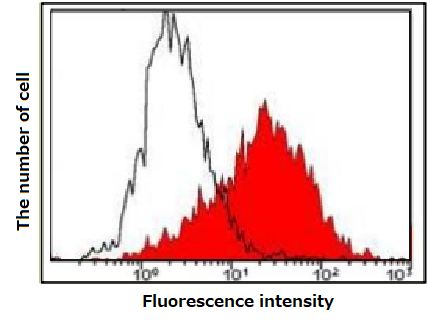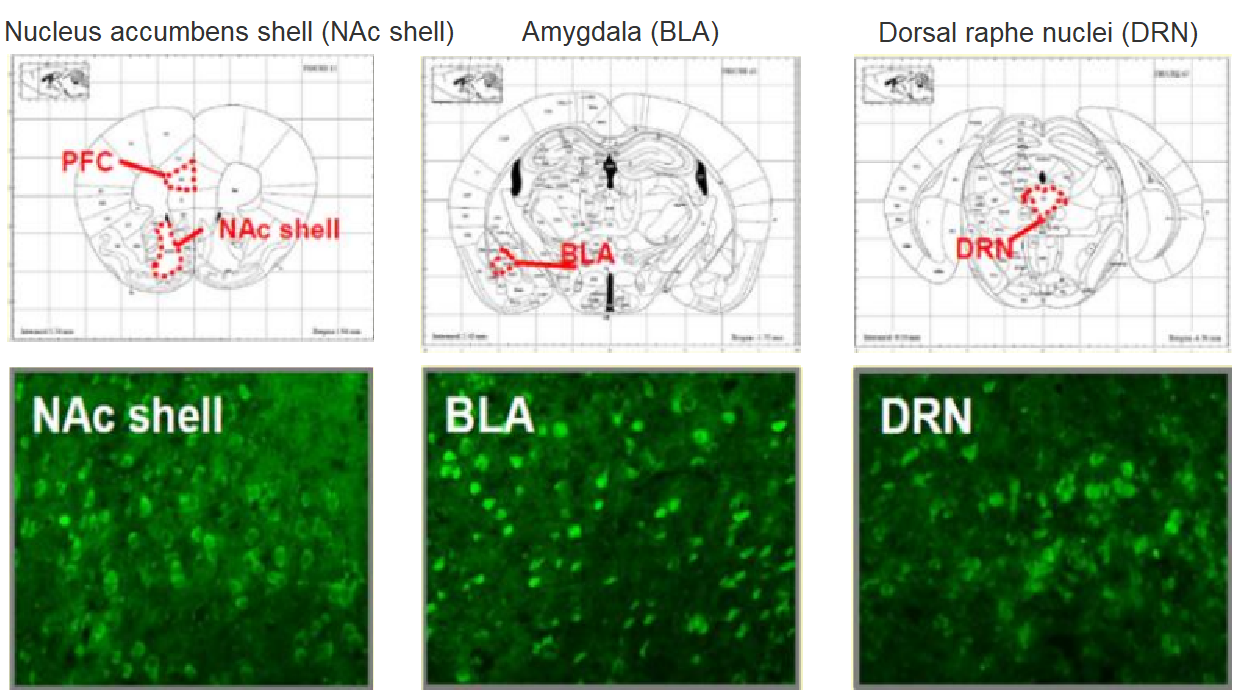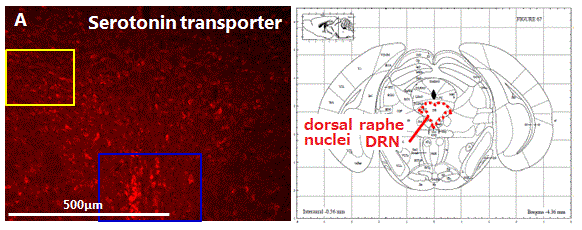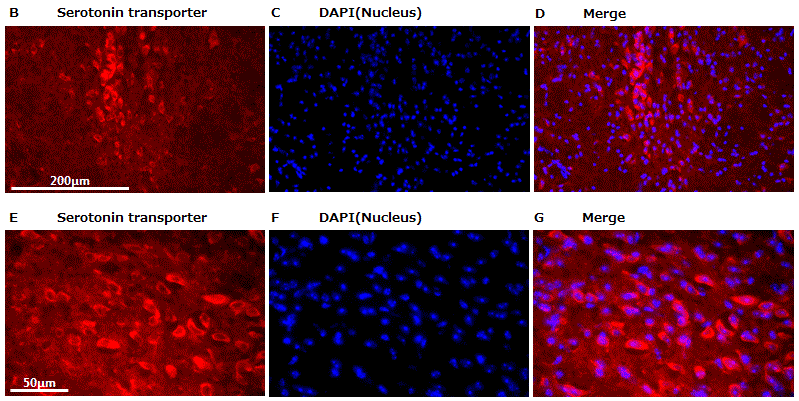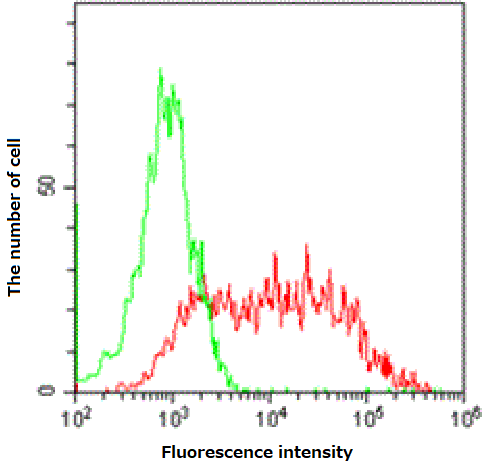IDH (Isocitrate Dehydrogenase) is an oxidoreductase that interconverts isocitric acid and α-ketoglutarate. In humans, there are 3 types: IDH1 (cytosolic form, NADP+ dependent), IDH2 (mitochondrial form, NADP+ dependent), and IDH3 (mitochondrial form, NAD+ dependent).
IDH1IDH1 and IDH2 genes have been reported to be frequently mutated in various cancers including bile duct carcinoma, acute myeloid leukemia, chondrosarcoma, osteosarcoma, and glioma.
We provide a wide range of antibody products that recognize IDH1, IDH2, and wild-type/mutant IDH1/2.
Anti-IDH1-R132H, Monoclonal Antibody (HMab-1) [Cat. No. 018-24081]
It has been reported that mutation in IDH1 is almost limited to Arg at position 132, and R132H mutation, in which Arg at position 132 is converted to His, accounts for 80%-90%.
This product is an antibody that specifically recognizes IDH1-R132H, in which Arg at position 132 is mutated to His. It recognizes neither wild-type IDH1 nor IDH1 with non-R132H mutation.
Product Overview
・Clone No. HMab-1
・Specificity: IDH1-R132H
・Host: Mouse
・Isotype: IgG1
・Formulation: Liquid/PBS containing sodium azide
・Antibody Concentration: Approximately 1 mg/mL (stated on the product label)
・Application: Western Blot (5 μg/mL)
Immunohistochemistry (5~10 μg/mL)
ELISA (1~5 μg/mL)
※Please consider optimum concentrations depending on your experimental system.
References
- Takano, S. et al.: J. Neurooncol., 108(3), 361-373 (2012).
- Sabit, H. et al.: Brain Tumor Pathol., 31(4), 242-246 (2014).
- Takano, S. et al.: Brain Tumor Pathol., 32(3), 169-175 (2015).
- Kato, Y.: Brain Tumor Pathol., 32(1), 3-11 (2015).
Anti-IDH1-R132H, Monoclonal Antibody (HMab-2) [Cat. No. 013-26851]
This product, like Clone No. HMab-1, is an antibody that specifically recognizes IDH1-R132H. It recognizes neither wild-type IDH1 nor IDH1 with non-R132H mutation.
It provides a high sensitivity even at low antigen or antibody levels.
Product Overview
・Clone No. HMab-2
・Specificity: IDH1-R132H
・Host: Mouse
・Isotype: IgG1・κ
・Formulation: Liquid/PBS containing sodium azide
・Antibody Concentration: Approximately 1 mg/mL (stated on the product label)
・Application: Western Blot (1 μg/mL~)
Immunohistochemistry (1 μg/mL)
ELISA (1 μg/mL~)
※Please consider optimum concentrations depending on your experimental system.
References
- 1.Fujii, Y. et al.: Biochem. Biophys. Res. Commun., 466(4), 733-739 (2015).
- 2.Yamamichi, A. et al.: Sci. Technol. Adv. Mater., 17, 618-625 (2016).
Anti-IDH1-R132S, Monoclonal Antibody (SMab-1) [Cat. No. 015-24091]
There are IDH1 mutations in which Arg at position 132 is converted to Cys, Ser, Gly, or Leu rather than to His.
This product is a monoclonal antibody that recognizes IDH1-R132S, in which Arg at position 132 is converted to Ser.
Product Overview
・Clone No. SMab-1
・Specificity: IDH1-R132S
・Host: Mouse
・Isotype: IgG1
・Formulation: Liquid/PBS containing sodium azide
・Antibody Concentration: Approximately 1 mg/mL (stated on the product label)
・Application: Western Blot (5 μg/mL)
Immunohistochemistry (5~10 μg/mL)
ELISA (1~5 μg/mL)
※Please consider optimum concentrations depending on your experimental system.
References
- Kaneko, M. K. et al.: Biochem. Biophys. Res. Commun., 406(4), 608-613 (2011).
- Kato, Y.: Brain Tumor Pathol., 32(1), 3-11 (2015).
Anti-IDH1 monoclonal antibody (RMab-3) [Cat. No. 014-24061]
This product is an antibody that recognizes wild-type/mutant IDH1. It can be used for immunohistochemical staining of tissue sections from various types of glioma.
Product Overview
・Clone No. RMab-3
・Specificity: Wild type and mutated IDH1
・Host: Mouse
・Isotype: IgG1
・Formulation: Liquid/PBS containing sodium azide
・Antibody Concentration: Approximately 1 mg/mL (stated on the product label)
・Application: Western Blot (5 μg/mL)
Immunohistochemistry (5~10 μg/mL)
ELISA (1~5 μg/mL)
※Please consider optimum concentrations depending on your experimental system.
References
- Kaneko, M. K., et al.: Tohoku J. Exp. Med., 230, 103-109 (2013).
- Ogasawara, S. et al.: Monoclon. Antib. Immunodiagn. Immunother., 35(5), 254-258 (2016).
Anti-IDH1, Rat Monoclonal Antibody (RcMab-1) [Cat. No. 014-26381]
This product is a monoclonal antibody that recognizes wild-type/mutant IDH1. It does not recognize IDH2.
It can be used for immunohistochemical staining of brain tissue sections and western blotting of brain-derived samples as positive or loading control antibody.
Product Overview
・Clone No. RcMab-1
・Specificity: Wild type and mutated IDH1
・Host: Rat
・Isotype: IgG2a
・Formulation: Liquid/PBS containing sodium azide
・Antibody Concentration: Approximately 1 mg/mL (stated on the product label)
・Application: Western Blot (0.5 to 1 μg/mL)
Immunohistochemistry (1~5 μg/mL)
Immunocytochemistry(1~5 μg/mL)
※Please consider optimum concentrations depending on your experimental system./p>
References
- Ikota, H. et al.: Brain Tumor Pathol., 32(4), 237-244 (2015).
- Kaneko, M.K. et al.: Tohoku J. Exp. Med., 230, 103-109 (2013).
- Kato, Y. et al.: Biochem. Biophys. Res. Commun., 432, 546-567 (2013).
- Kaneko, M.K. et al.: Monoclon. Antib. Immunodiagn. Immunother., 32(3), 224-228 (2013).
- Yamamichi, A. et al.: Sci. Technol. Adv. Mater., 17(1), 618-625 (2016).
Anti-IDH2, Monoclonal Antibody (RMab-22) [Cat. No. 011-24071]
This product is a monoclonal antibody that recognizes wild-type/mutant IDH2.
In mutant IDH2, Arg at position 172 is converted to Lys, Met, Gly, or Trp.
This antibody recognizes both wild-type IDH2 and IDH2-R172K/M mutant. It does not recognize IDH2-R172W.
Product Overview
・Clone No. RMab-22
・Specificity: Wild type IDH2 and mutated IDH2 (IDH2-R172K/R172M)
・Host: Mouse
・Isotype: IgG2b
・Formulation: Liquid/PBS containing sodium azide
・Antibody Concentration: Approximately 1 mg/mL (stated on the product label)
・Application: Western Blot (5 μg/mL)
Immunohistochemistry (5~10 μg/mL)
ELISA(1~5 μg/mL)
※Please consider optimum concentrations depending on your experimental system.
References
- 1.Kaneko, M.K.et al.: Biochem. Biophys. Res. Commun., 432, 40-45 (2013).
Anti-mutant IDH1/2, Monoclonal Antibody (MsMab-1) [Cat. No. 015-25691]
This product is an antibody that recognizes mutated IDH1 and mutated IDH2. It does not recognize wild-type IDH1/2.
Specifically, it recognizes IDH1 mutants IDH1-R132H/R132S/R132G and IDH2 mutants IDH2-R172M/R172S/R172G.
Product Overview
・Clone No. MsMab-1
・Specificity: Mutated IDH1 (IDH1-R132H/R132S/R132G) and mutated IDH2 (IDH2-R172M/R172S/R172G)
・Host: Mouse
・Isotype: IgG2a・κ
・Formulation: Liquid/PBS containing sodium azide
・Antibody Concentration: Approximately 1 mg/mL (stated on the product label)
・Application: Western Blot (1 μg/mL)
Immunohistochemistry (5 μg/mL)
ELISA(1 μg/mL)
・Reactivity: IDH1: R132S, R132G > R132H (WB)
IDH2 R172G > R172S > R172N (WB)
※Please consider optimum concentrations depending on your experimental system.
References
- Kaneko, M.K. et al.: Tohoku J.Eep. Med., 230, 103-109 (2013).
- Liu, X. et al.: Cancer Med., 2(6), 803-814 (2013).
- Ogasawara, S. et al.: Monoclon. Antib. Immunodiagn. Immunother., 32(6), 377-381 (2013).
- Takano, S. et al.: Brain Tumor Pathol., 32(3), 169-175 (2015).
